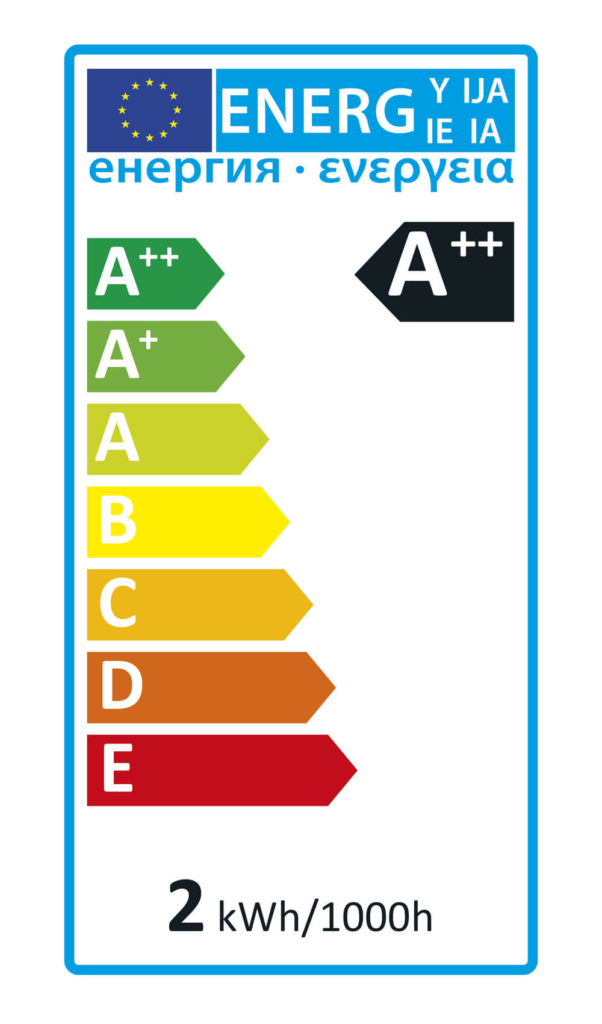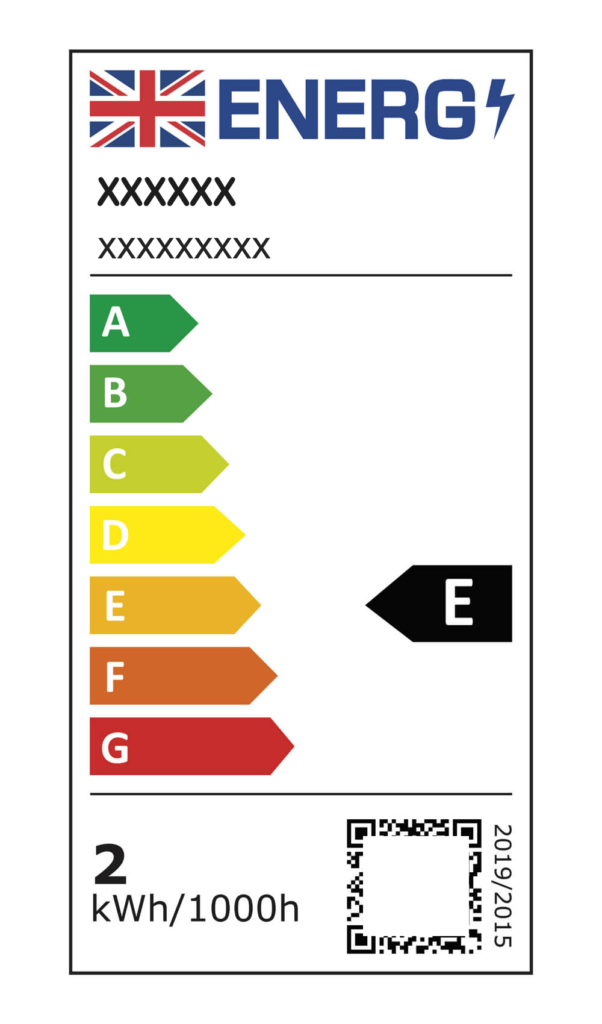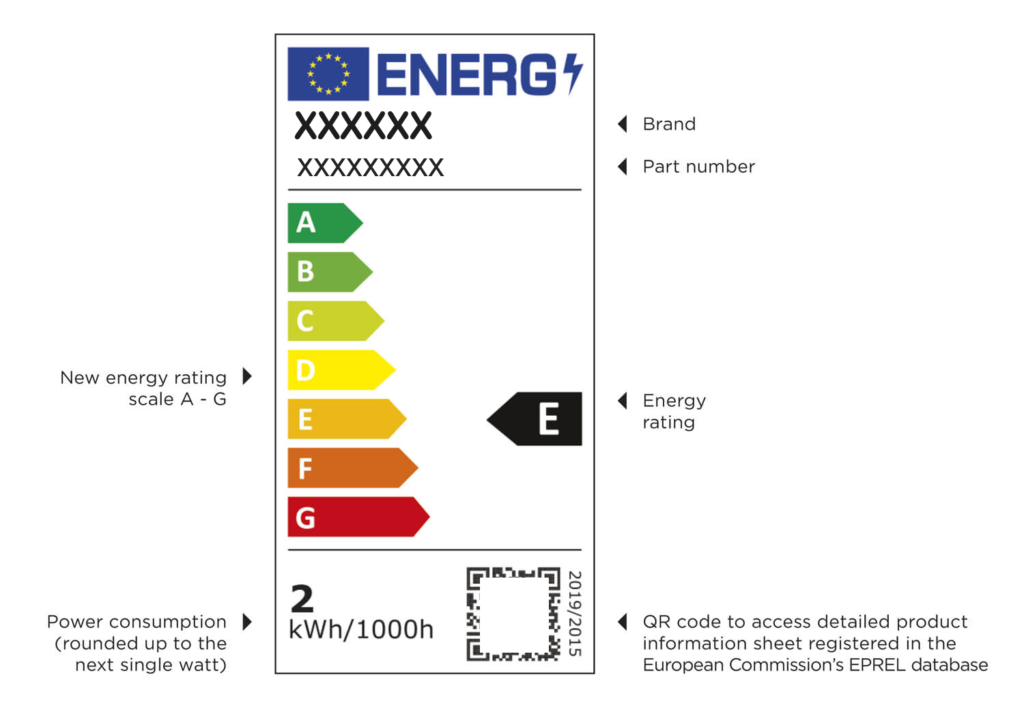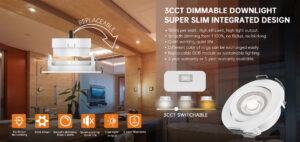The lighting industry in Europe is experiencing a significant shift due to the European Union’s updated energy labeling regulations. These changes are designed to promote sustainability, reduce energy consumption, and encourage innovation in lighting products. The new EU energy label, introduced progressively since 2021 and fully effective by 2025, replaces the older, more complex scale with a simplified and more ambitious classification from A to G. This update affects manufacturers, retailers, and consumers alike, offering clearer, more transparent information about lighting products’ energy performance. For stakeholders in key European markets such as Germany, the Netherlands, France, Sweden, Denmark, Norway, and the United Kingdom, understanding these new labeling requirements is essential.
Evolution of the EU Energy Label in the Lighting Industry
The EU’s energy labeling system has long been a driver for improving the energy efficiency of products, including lighting. Prior to 2021, lighting products used a scale ranging from A+++ (most efficient) to E (least efficient). This system, while detailed, became confusing due to the proliferation of plus signs and overlapping classes. To address this, the EU introduced a new regulation for lamps, LED modules, and light sources with a luminous flux above 30 lumens, effective since September 2021. The new label simplifies the energy efficiency scale to a straightforward A to G range, with Class A initially left empty to encourage manufacturers to develop even more efficient products.
As a result, many products previously rated as A++ or A+++ have been reclassified into lower classes such as B or C, reflecting stricter efficiency standards. The new label also provides additional product information beyond energy consumption, including luminous flux, lifetime, and color rendering index (CRI). This holistic approach helps consumers evaluate lighting products more comprehensively. Moreover, the label includes a QR code that links directly to the EU’s European Product Registry for Energy Labelling (EPREL) database, allowing instant access to detailed product data and enhancing transparency.
EPREL: The European Product Registry for Energy Labelling
The European Product Registry for Energy Labelling (EPREL) is a digital database established by the European Commission to support the new energy labeling framework. EPREL requires all manufacturers, importers, and authorized representatives to register their products subject to energy labeling before placing them on the EU market. This registration includes detailed technical information such as energy consumption, luminous flux, lifetime, and the corresponding energy label class.
- Transparency: It provides a centralized, publicly accessible platform where consumers and authorities can verify product information.
- Compliance Monitoring: Market surveillance authorities use EPREL to ensure that products sold in the EU meet energy efficiency standards.
- Consumer Empowerment: The QR code on energy labels links to EPREL, allowing consumers to access verified product data instantly.
By maintaining a comprehensive product database, EPREL helps prevent misleading claims and supports the EU’s goal of promoting energy-efficient, sustainable lighting products.
Previous EU energy label

New EU energy labels

New UK energy labels

Previously, the label had a rainbow colour scale going from Green to Red and lettering scale from A++ to E.
The revised scale is still green to red in colour, but has a lettering scale from A to G with more efficiency needed to achieve these levels. As such, many products that were rated A++ will now be rated C or D.
Impact on Manufacturers and Market Dynamics
Manufacturers, whether based in the EU or abroad, must comply with the updated labeling rules to sell lighting products in the European market. Registration in EPREL is mandatory before market entry, ensuring transparency and regulatory adherence. These requirements encourage manufacturers to prioritize energy efficiency and sustainability in product development. The stricter standards and simplified labeling system drive innovation, leading to the adoption of advanced LED technologies, smart lighting solutions, and improved quality controls that extend product lifespan and reduce environmental impact. This shift aligns with the EU’s broader objective to become the world’s first climate-neutral continent by 2050. By promoting energy-efficient lighting, the EU reduces electricity demand and carbon emissions, fostering sustainable growth and global competitiveness.Radians Lighting: Innovation and Quality in Compliance with New EU Energy Labels
Radians Lighting is a leading manufacturer dedicated to delivering high-quality, energy-efficient lighting solutions that comply with the latest EU energy label standards. The company specializes in customizable LED downlights, surface-mounted lights, and smart lighting products. Radians integrates advanced design and rigorous production quality control to ensure superior performance and regulatory compliance. Radians offers a wide range of products tailored to European market needs, including:- LED Downlights in various wattages and cut-out sizes, suitable for residential and commercial applications.
- Dimmable LED Downlights providing flexible lighting control and energy savings.
- Smart LED Solutions compatible with Zigbee and other smart home systems.
- Low Glare and Anti-Glare Downlights that enhance visual comfort while maintaining efficiency.
Detailed Comparison of Lighting Categories under the New EU Energy Label
| Lighting Category | Typical Wattage Range | Energy Efficiency Class Range | Key Advantages | Considerations |
|---|---|---|---|---|
| LED Downlights | 3W – 30W | A – D | High efficiency, long lifespan, dimmable options | Installation requires compatible drivers |
| Surface-Mounted Downlights | 5W – 25W | B – E | Easy installation, versatile designs | Slightly lower efficiency than recessed |
| Smart LED Downlights | 3W – 15W | A – C | Remote control, energy monitoring | Higher upfront cost |
| Low Glare Downlights | 5W – 20W | B – D | Reduced eye strain, suitable for offices | May have higher initial cost |
New energy efficiency requirements

What do each part of the energy label means ?

Consumers are now presented with more information on each energy label, which may take some getting used to, but overall these changes should help them in making fair comparisons between products.
Consumer Benefits and Market Transparency
The revamped EU energy label enhances consumer understanding by providing clear, standardized information. The inclusion of a QR code on labels allows users to access detailed data on energy consumption, light output, and durability, fostering informed purchasing decisions. Consumers in countries such as Germany, France, and the UK can easily compare products and prioritize those with superior energy performance, contributing to reduced household energy bills and environmental impact. The label’s simplified A to G scale eliminates confusion caused by previous plus-based ratings, making it easier for all consumers to identify the most efficient lighting options. Additionally, non-energy parameters like noise levels and repairability scores encourage manufacturers to improve product quality and sustainability.Official Information on EPREL and the New Energy Label
The European Product Registry for Energy Labelling (EPREL) is a mandatory registry for all energy-labeled products sold in the EU. Manufacturers must upload comprehensive product data before market entry. This data includes:- Energy consumption figures
- Luminous flux (brightness)
- Lifetime and durability metrics
- Color rendering index (CRI)
- The energy efficiency class




